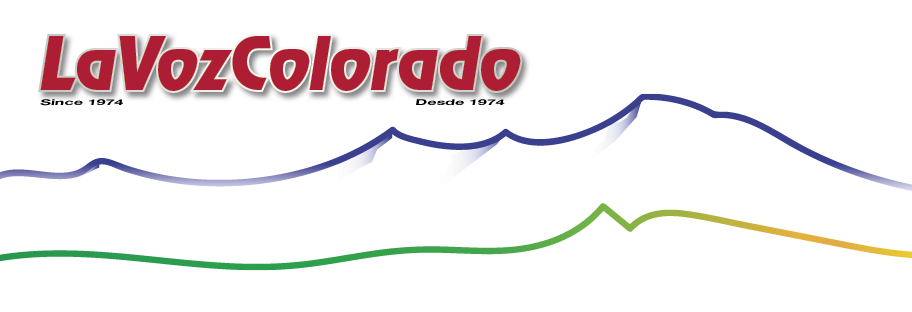He was, without a doubt, the shepherd for not only the world’s 1.4 billion Roman Catholics, but for millions of others who found a quality in him that shone like a spiritual beacon.

Photo courtesy: Vatican News Twitter
Pope Francis died on Monday following a difficult two-month period in which the frail 88-year-old pontiff battled various health problems, including a life-threatening bout of pneumonia. While hospitalized, his condition once worsened to the point that his doctors weighed halting treatments and allowing him to die peacefully.
But he rallied and was discharged from the hospital March 23rd and returned, albeit weakened, to an abridged papal schedule. His last public appearance was on Easter Sunday where he was greeted by a crowd chanting “viva il papa,” long live the Pope. One other public appearance was also on Easter Sunday when he received Vice President J.D. Vance and his wife.
Pope Francis, who succeeded Pope Benedict XVI and chose his papal name in honor of Saint Francis of Assisi, was the first pope born outside of Europe. He was also the Church’s first Jesuit. He assumed the papacy on March 13, 2013, and took the world by storm. He was Pope, but he was different.
He was the son of Italian immigrants who had fled their native country to escape the percolating fascist movement under Benito Mussolini. He was born in the town of Flores, just outside Buenos Aires on December 17th, 1936, and christened Jorge Mario Bergoglio.
After leaving high school, he received a chemical technician’s diploma. While in college, Bergoglio worked as a bouncer and janitor.
Pope Francis often explained his journey into the priesthood as one of curious happenstance. As a young man, he recounted, that he was on his way to a local springtime celebration but stopped by a church for a quick confession. There he met a young, charismatic priest who somehow inspired him and made him curious enough to study the Jesuits. His curiosity led to three years in the seminary and on March 12, 1960, he was ordained.
As a Jesuit, an order known for valuing education, he taught literature and psychology at a high school. He later taught the same courses at Buenos Aires’ Colegio del Salvador.
As he rose in the church, he took on a number of roles. After completing his last training as Jesuit and committing his final vows of the order, he was named provincial superior of the Society of Jesus in Argentina in 1979.
Bergoglio held a number of titles as he rose in the church hierarchy, including bishop and archbishop. In 2001, he was elevated to the rank of Cardinal. His papacy began following the decision by Pope Benedict XVI to step aside. Bergoglio had been runner up to Benedict.
But never had there been a Pope like Francis. In many ways he was different than all of those before him. But in so many others he was the same.
Pope Francis made no secret of his love of his country’s national sport of futbol, or soccer. His team was the San Lorenzo de Almagro club. He also enjoyed the national dance of Argentina, the Tango. He also considered himself an environmentalist and he, unlike previous Popes, elevated women in the church though stopped short of advocating for their ordination as priests.
Another issue that he embraced was his acknowledgement and acceptance of the LGBQT community. On a 2013 flight aboard Shepherd One en route from Rio de Janeiro to Rome, he was asked about gay priests. His reply: “If a person is gay and seeks God and has good will, who am I go judge?”
Pope Francis also separated himself from previous Popes on those who divorced and remarried. He stated firmly that such couples “are not excommunicated” and should not feel “discriminated against.” Going even farther, he opened the door for them to receive the Eucharist which he called “a powerful medicine and nourishment for the weak.” However, he made no move to change the church’s official position on remarriage after divorce as a sin.
He also moved the Church closer to a modernity with women. He allowed baptism by lay people, including women. He also named women to leadership positions within the Vatican.
He also met with survivors of sexual abuse at the hands of priests and tried to establish new reforms within the Church. Still, as he moved in the right direction on this historically dark chapter of the Church, more and more victims of priestly sexual abuse continued to come forward.
But despite his openness on previously uncompromising social position, Pope Francis was immovable on the subject of abortion. He was steadfast calling abortion “murder” and a “grave sin.” But he also announced in 2015 that he would allow priests all over the world to grant forgiveness for abortions.
Following the announcement of Pope Francis death, President Trump ordered all flags on public buildings and grounds to be lowered to half-staff until the day of internment. Trump, in addressing the Pope’s passing, called him a “good man.”
Former President Barak Obama paid tribute to Pope Francis with a statement calling him “the rare leader who made us want to be better people.” Obama, who met several times with Pope Francis during his presidency, said “his humility and his gestures at once simple and profound—embracing the sick, ministering to the homeless, washing the feet of young prisoners—he shook us out of our complacency and reminded us that we are all bound by moral obligations to God and one another.” As in the simple life he lived across the arc of his priesthood and through his papacy, Pope Francis will be buried at the papal Basilica of Saint Mary Major instead of the crypt of St. Peter’s Basilica where many of his predecessors are buried.




